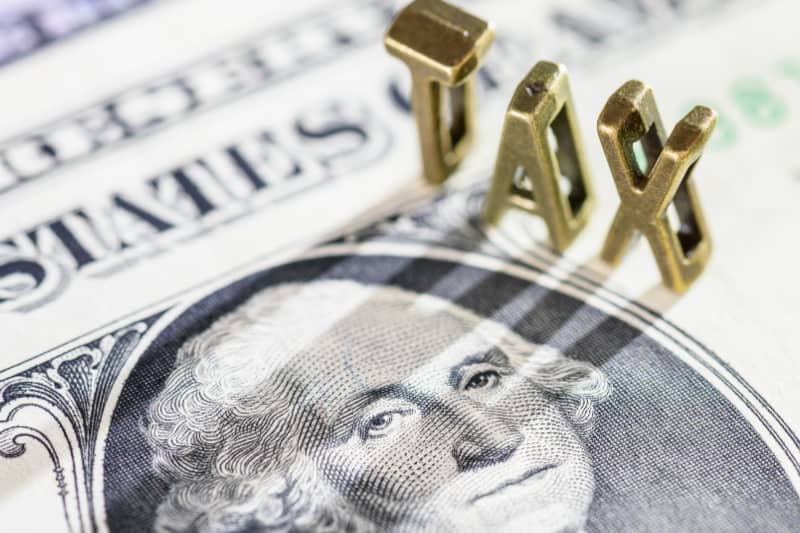How to value a business
There are several reasons why a business valuation may be required; buying or selling a business, a business merger, a group or business restructure, creating employee incentive schemes, securing investment, divorce, succession planning or death, to name just a few.
It is often stated that a business is worth, only what an acquirer is willing to pay for it. However, it is always advisable to have an idea of a sensible range for a valuation, using a sensible valuation approach. This can later be shared during negotiations to support or counter offers during the negotiation process if required.
Below are some of the most common methods of business valuations used, but this is by no means an exhaustive list.
• Price to earnings ratio (P/E)
• Valuing the assets of the business
• Discounted cash flow
• Industry rules of thumb
Price to earnings ratio
One of the most common methods of valuing a business is to use its price to earnings ratio, or a multiple of its profits. This method is best suited to an established business with a proven track record of making profits. What multiple is used, is subjective and often based upon comparable deals occurring in the same industry with similar sized businesses. This method is often used for businesses quoted on the stock exchanges as much of the information required is publicly available.
Valuation of the assets of a business
Where a business does not have a proven track record of profitability, or where the business is reliant on a significant asset base, this method may be more appropriate. This requires assets to be revalued to the current economic reality surrounding the assets, or adjusting the assets to what they are actually worth if they were sold individually. This method is more appropriate for businesses carrying significant investment properties etc.
Discounted cash flow
This can be a slightly more complicated method to value a business and is often associated with a business that has ‘projects’ with a finite life expectancy. This method estimates what future cash flows may be worth today. For this method, an appropriate discount rate is estimated, to calculate the risk and the time value of money. This method could be used for a business where significant investment is required for a new product range. The net income is known over the life of the project, along with any terminal value.
Industry rule of thumb
In some industries, where there may be a lot of acquisition activity, there may be a generally accepted principal for valuing a business, or certainly providing a guide. A good example here is accountancy practices, where there is a generally accepted valuation method based on a multiple of gross recurring fees (“grf”). This would however still need to be linked to profitability as a final sense check.
The above is a very simplified overview of the process of valuing small businesses and often more than one method is used as the process of valuations can be subjective. If this is something you would be interested in discussing, or finding out more, please contact Farnell Clarke for an initial free and no obligation chat.


